Aftermath: Population Zero – The World without Humans

What would happen if, tomorrow, every single person on Earth simply disappeared?
Not dead, simply gone, just like that. A world without people, where city streets are still populated by cars, but no drivers. A world where there is no one to fix bridges or repair broken windows…
After being on the receiving end of humanity for millennia, nature would finally be given a chance to take the world back.
But how would it work? How long would the skyscrapers and houses last if they were abandoned? How would suburban pets fare without people to feed them? How would the forests, the oceans and the wildlife react if there was suddenly an end to all the hunting, fishing and farming?
“Aftermath” is the astounding story of a world that humans will never see. The two-hour special examines the impact of human beings on this planet by proposing what the Earth might be like without people.
What is the environmental impact of human departure highlighted in the documentary?
Aftermath: Population Zero – The World without Humans, is a television documentary that explores the hypothetical scenario of a world where humans suddenly disappear. The program, originally aired in 2008, depicts the consequences of human disappearance across various landscapes, from urban cities to natural environments.
The program starts by depicting the immediate aftermath of a human disappearance, highlighting the chaos and destruction that would occur in the first few days. With no humans around to maintain infrastructure or support systems, events such as nuclear reactor meltdowns, fires, and explosions would likely occur. Electrical grids, water treatment facilities, and other critical infrastructures would fail, leading to further damage and destruction.
However, as time passes, nature begins to reclaim and heal the affected landscapes. The documentary explores the process of nature taking over and how various ecosystems adapt to the absence of human influence. For example, cities which once were concrete jungles, would become verdant and green, as buildings are slowly consumed by plant and animal life. Wildlife begins to thrive in urban environments, with animals such as bears, wolves, and deer making their way down abandoned highways and making their homes in shops and apartments.
The documentary also highlights the environmental impacts of human departure. From nuclear power plants and chemical factories to cars and airplanes, humans have left a massive imprint on the planet. As humans disappear, their toxic legacies such as radiation and toxic waste, continue to impact the environment, with animals suffering the consequences of human action. However, the long-term impact of these detrimental environmental effects is somewhat mitigated by the reclamation process of nature.
Overall, the documentary presents a thought-provoking scenario that inspires us to question the world we live in and our impact on it. Aftermath: Population Zero – The World without Humans, presents a powerful message about the importance of environmental conservation and appreciating the beauty of the natural world around us. The documentary also prompts us to consider the fragility of our society and encourages us to contemplate the ‘what if’ scenario where humans are not around to sustain it.
In conclusion, Aftermath: Population Zero – The World without Humans, is an insightful and engaging program that presents a unique perspective on the world without human civilization. The documentary provides a sobering reminder of the impact of our actions on nature, as well as the potential consequences of our absence. The program urges us to respect and appreciate our world while recognizing our responsibility for protecting and preserving its beauty.
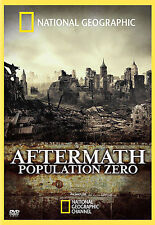
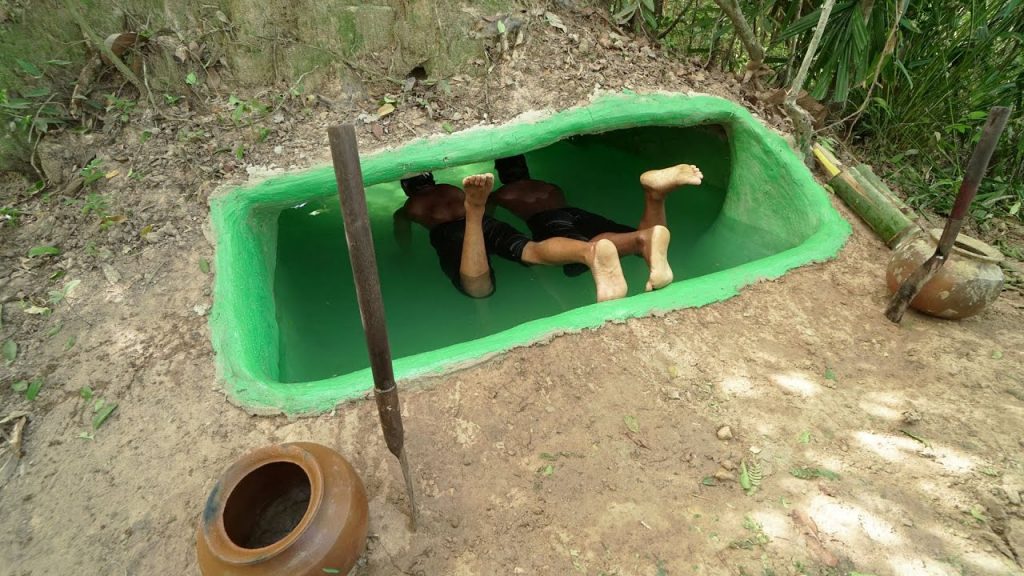

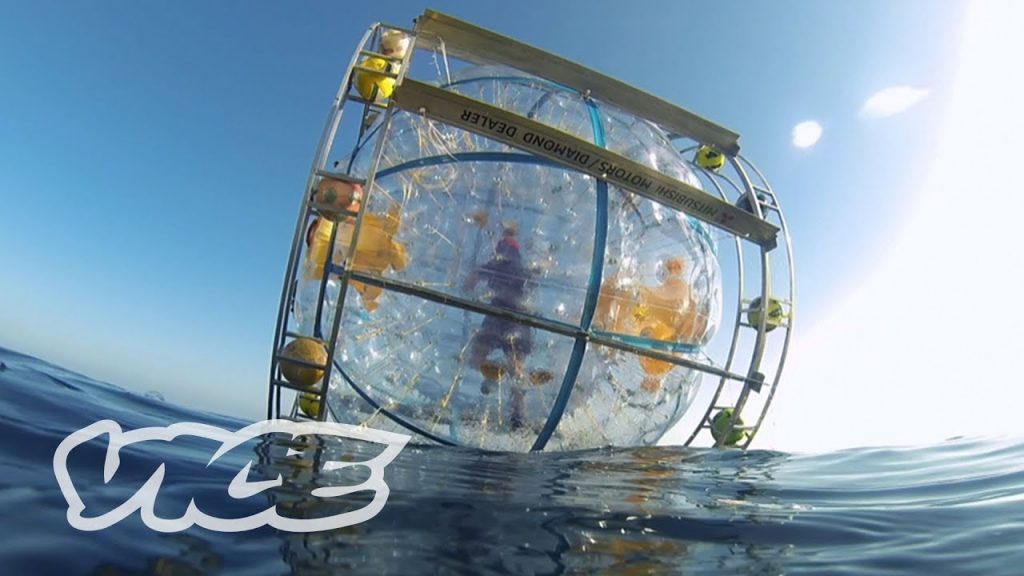


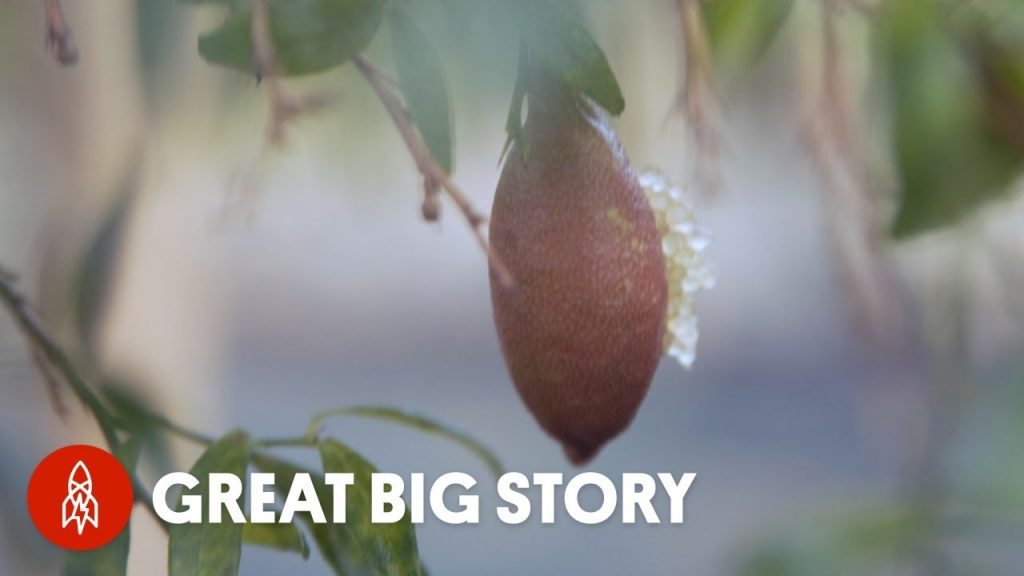
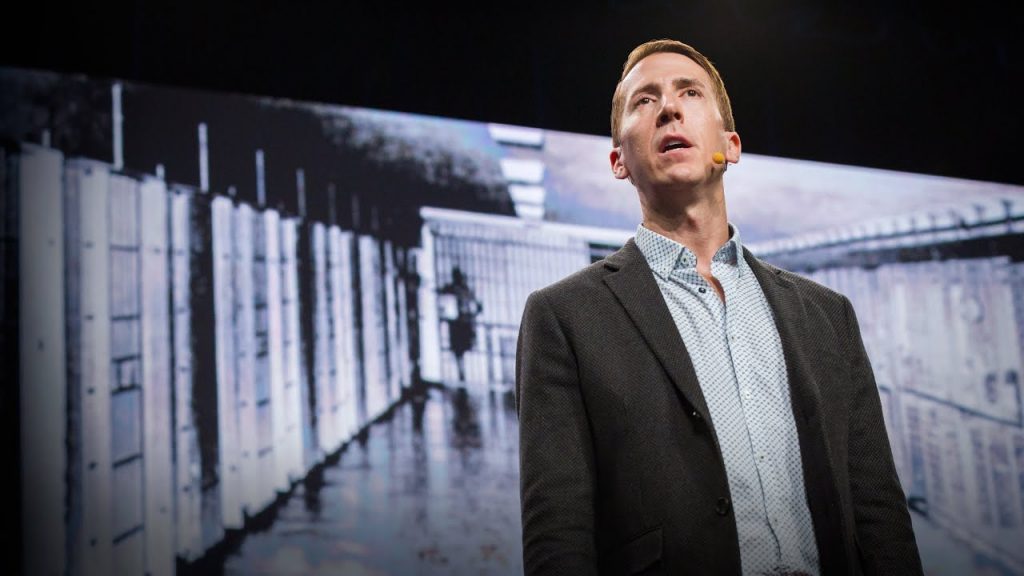


Brewing Beer from Dirt and Grass
Deadliest Journeys – Papua New Guinea
Camping In The Multi-Purpose Tracked Crawler
Mudskippers: The Fish That Walk on Land
What If A Nuclear Bomb Was Detonated In The Marianas Trench? (Science not Fantasy)